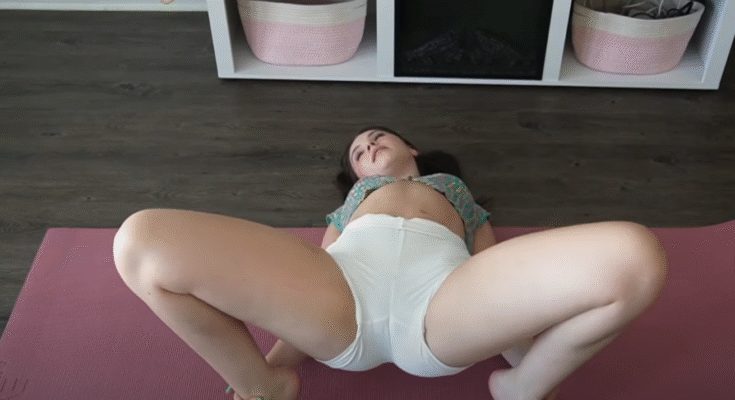Stretching and gymnastics go hand in hand. Whether you’re a beginner just learning the basics or an experienced gymnast mastering advanced techniques, stretching is an essential part of the process. Not only does it prepare the body for movement, but it also helps prevent injuries, increases flexibility, and improves overall performance. Gymnastics, on the other hand, is a sport that demands strength, balance, coordination, and flexibility. The combination of these two practices leads to a stronger, more agile body and a greater understanding of movement.

Stretching is often the first thing done before a gymnastics session begins. Dynamic stretches, like leg swings or arm circles, help warm up the muscles and get the blood flowing. This type of stretching prepares the body for the intense activity that follows. After the workout or routine, gymnasts often perform static stretches, where a position is held for a period of time. This helps lengthen the muscles, increase range of motion, and aid recovery.

One of the main benefits of regular stretching is increased flexibility. In gymnastics, flexibility is crucial. Moves like splits, backbends, and leaps all require a wide range of motion in the joints. Without proper flexibility, these moves are either impossible or dangerous. Stretching regularly allows gymnasts to perform with more grace and control, reducing the risk of muscle strains or ligament injuries.
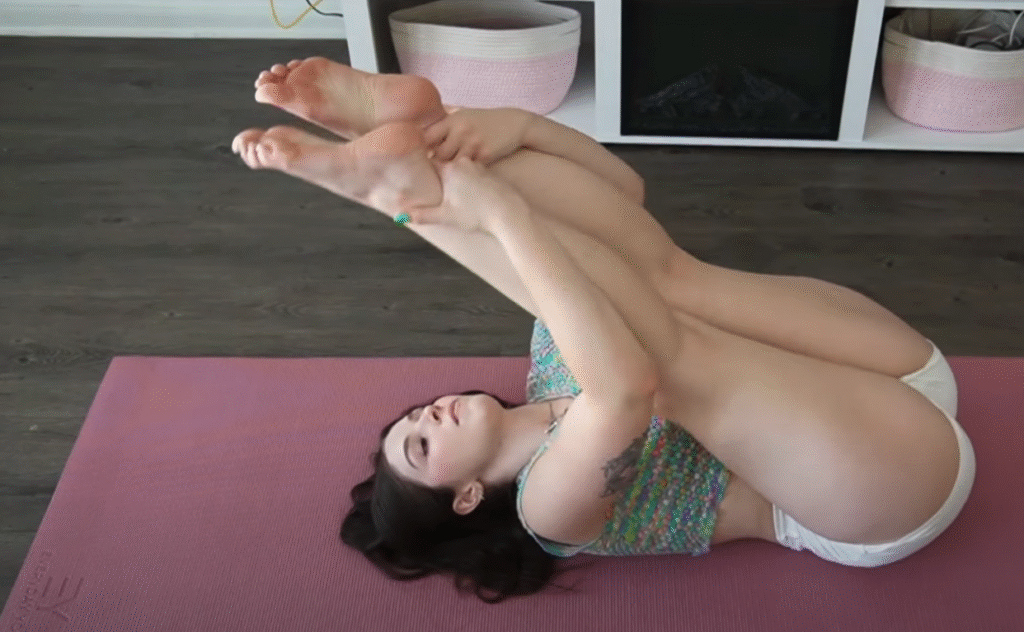


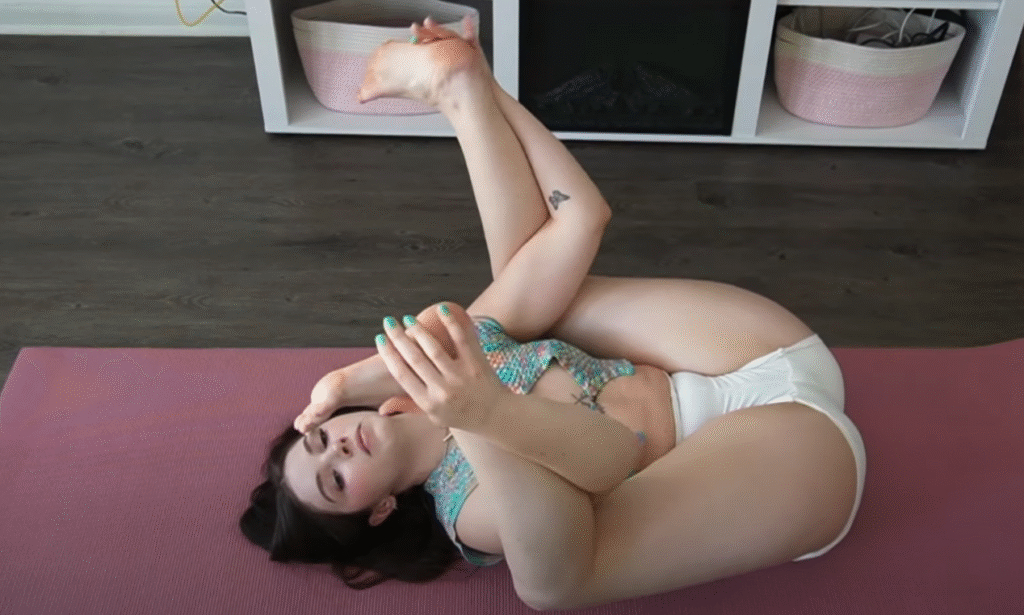
Aside from flexibility, stretching improves posture and muscle coordination. Many gymnastic skills require perfect alignment of the body. Good posture, gained through consistent stretching and strength work, allows for better balance and more precise movement. In events like balance beam or floor routines, even a small misalignment can lead to mistakes. Stretching helps train the muscles to stay in proper alignment during these challenging skills.
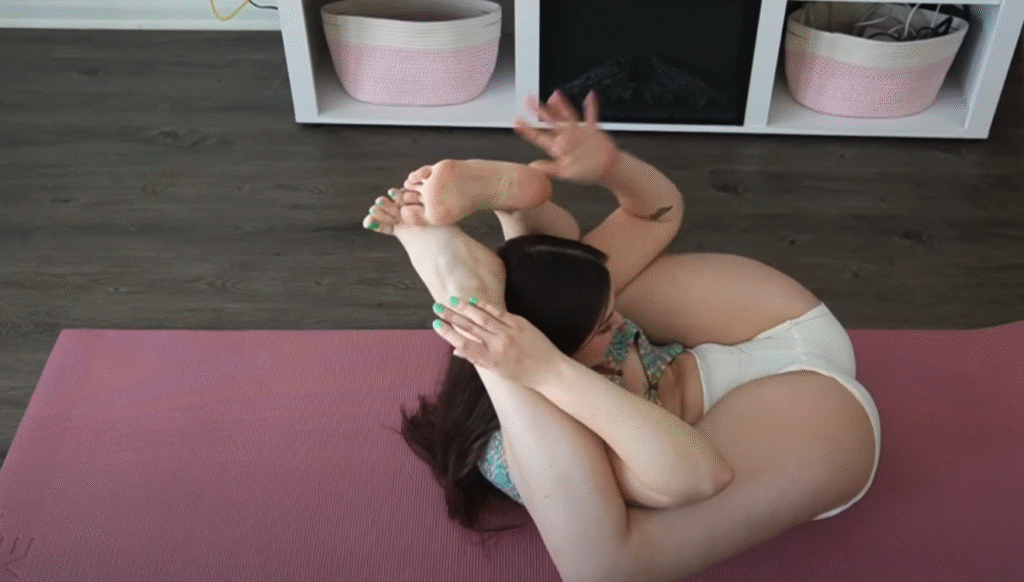

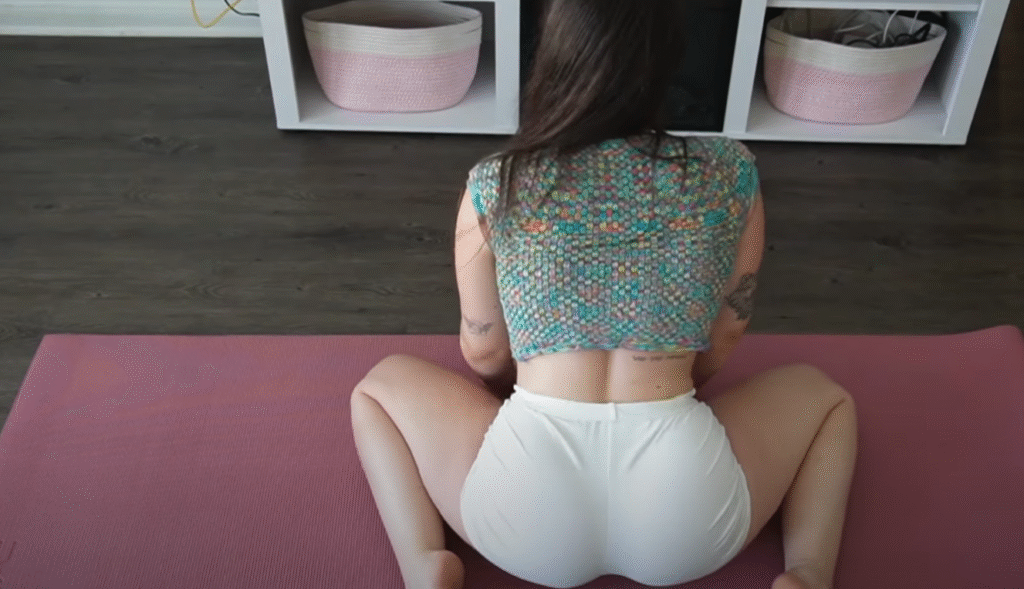
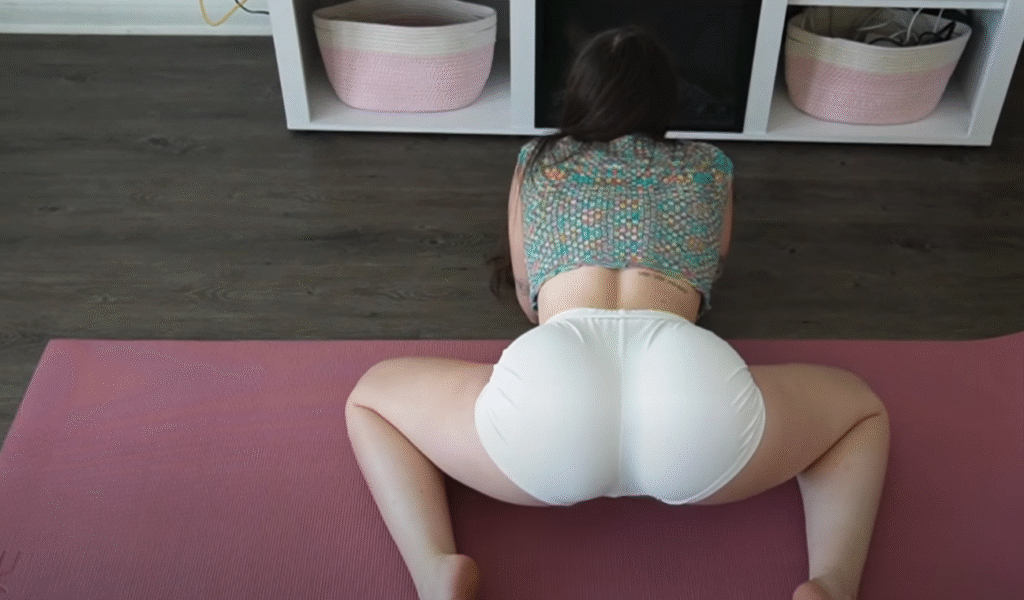
Gymnastics itself is a highly demanding sport that tests the limits of the human body. It requires strength in the core, legs, and arms, as well as agility and mental focus. Gymnasts must learn to control their bodies in mid-air, land safely, and transition smoothly between moves. Without adequate stretching, the risk of injury becomes much higher due to the intensity and complexity of the sport.
Young gymnasts especially benefit from learning good stretching habits early. It teaches discipline, body awareness, and the importance of taking care of one’s muscles. Over time, stretching becomes a natural and automatic part of any gymnast’s routine.


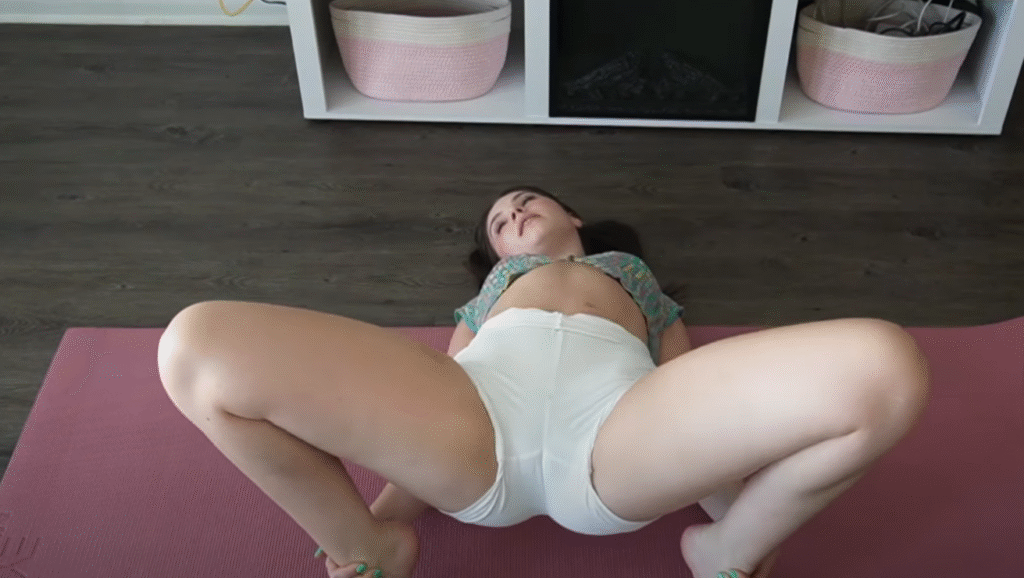
In conclusion, stretching and gymnastics are deeply connected. Stretching is not just a warm-up or cool-down activity — it is a powerful tool that enhances performance, supports physical development, and protects the body. Whether you’re training on the mat, the beam, or the bars, stretching helps every gymnast move more freely, perform more beautifully, and stay healthy in the long term. By making stretching a consistent part of practice, gymnasts of all levels can unlock their full potential and enjoy the sport for many years to come.
